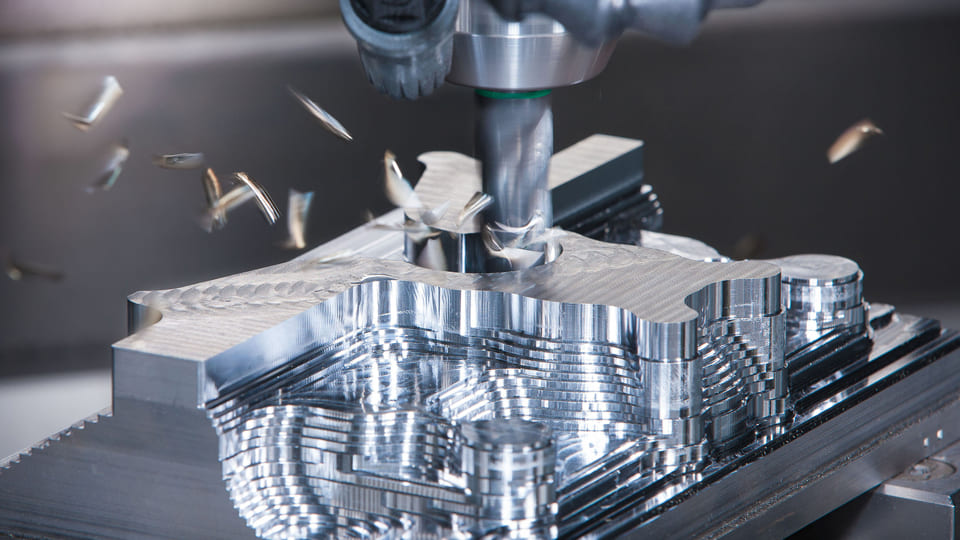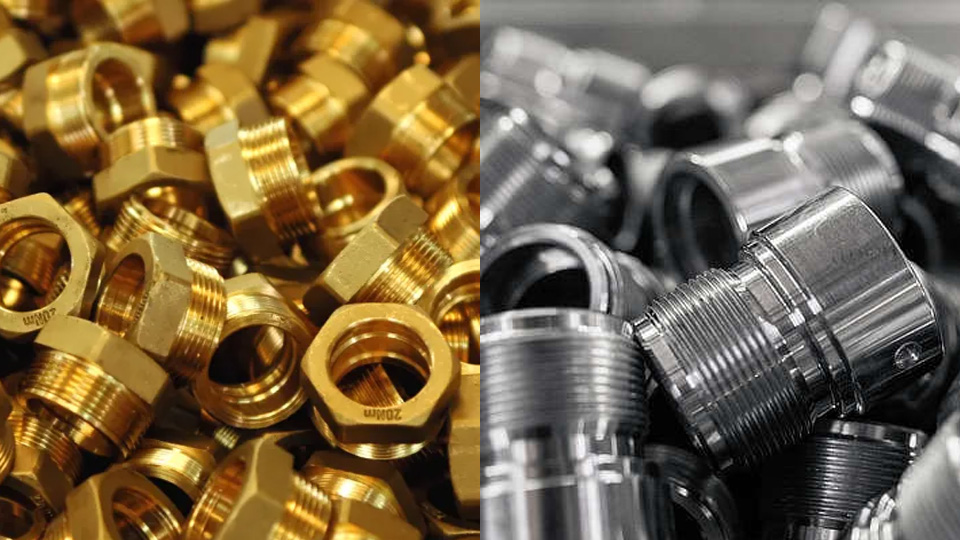Sheet metal fabrication is a technique that transforms thin metal sheets into various complex shapes through a series of precise operations. This technique finds wide applications across industries such as automotive, appliances, construction, and aerospace, providing robust support for modern manufacturing.
Definition and Characteristics of Sheet Metal Fabrication
Sheet metal fabrication is a technique for working with metal sheets, primarily focusing on sheets with thicknesses below 6mm. Its characteristics lie in its high flexibility and precision, catering to diverse demands for metal products across industries.
Production Equipment for Sheet Metal Fabrication
Shearing Equipment: Shearing is the primary step in sheet metal fabrication. Commonly used shearing equipment includes shearing machines and laser cutting machines. Shearing machines cut metal sheets through the relative motion of upper and lower blades, while laser cutting machines employ high-energy laser beams for precise cutting, offering fast speed and high accuracy.
Punch Presses and Dies: Punching processes require punch presses and corresponding dies. Punch presses use dies to stamp metal sheets, creating desired holes or shapes. The precision and design of dies directly affect the quality of stamped parts.
Bending Machines: Bending machines are crucial for bending metal sheets into desired shapes. They adjust the gap and bending angle of upper and lower dies to bend sheets according to predetermined shapes.
Welding and Riveting Equipment: Welding equipment includes arc welding machines, laser welding machines, etc., used for joining metal components. Riveting equipment secures components together using rivets, commonly employed in applications with high strength requirements.
Surface Treatment Equipment: After processing, sheet metal products often require surface treatment to enhance corrosion resistance and aesthetics. Common surface treatment equipment includes sandblasting machines, spray painting machines, etc.
Production Methods for Sheet Metal Fabrication
Material Cutting: Metal sheets are cut into desired shapes and sizes according to product design drawings, using shearing equipment. This step demands strict control over cutting precision and surface quality.
Stamping: Metal sheets undergo stamping using punch presses and die to create required holes, protrusions, or indentations. Maintenance and adjustment of dies are critical during the stamping process to ensure the precision and consistency of stamped parts.
Bending: Stamped metal sheets are placed on bending machines, where die clearances and angles are adjusted, resulting in bending sheets into predetermined three-dimensional shapes. Control over bending intensity and speed prevent cracks or deformations.
Welding and Riveting: Following product design requirements, welding or riveting equipment joins various components. Attention to weld quality and strength is crucial during welding, while riveting requires suitable rivets and methods for secure joining.
Surface Treatment and Assembly: Surface treatment of welded or riveted sheet metal products enhances corrosion resistance and aesthetics. Finally, components are assembled to form complete products.
Main Materials Suitable for Sheet Metal Fabrication
Custom sheet metal fabrication applies to various metal materials, including but not limited to:
Stainless Steel: Known for corrosion resistance and aesthetics, suitable for kitchen equipment, and medical devices.Aluminum Alloy: Lightweight, corrosion-resistant, used in automotive bodies, and electronic device casings.
Copper and Copper Alloys: Good conductivity and thermal conductivity, suitable for electrical connectors, and heat sinks.
Cold Rolled Sheet (SPCC): Low carbon steel with good processing and mechanical properties, used in mechanical parts, and appliance casings.
Hot Rolled Sheet (SHCC): Good plasticity and toughness, suitable for decorative structures, and connectors.
Other Metal Materials: Including titanium alloys, magnesium alloys, etc., with unique properties for specific applications.
Application Fields of Sheet Metal Fabrication
Due to its high flexibility and precision, sheet metal fabrication finds widespread applications across various industries. Examples include automotive manufacturing (body shells, engine covers), appliance manufacturing (TV casings, refrigerator doors), construction (ventilation ducts, metal doors/windows), and aerospace (aircraft skins, missile casings).






